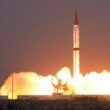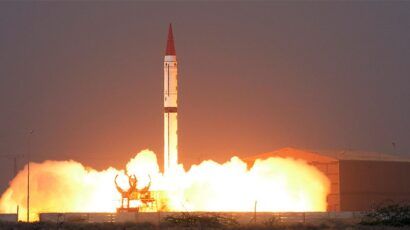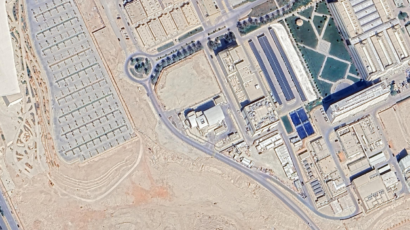Assessing the available levers
By Siddharth Mallavarapu, October 4, 2013
In his Round Two essay, Jaime Aguirre Gómez wrote that now is not the time for further arguments in favor of disarmament, but rather for action toward disarmament. I am deeply sympathetic to the view that urgent action toward disarmament is required. But in my view, action cannot be divorced from argument. The case for disarmament must always rest on an appreciation of the humanitarian dangers inherent in a world where some nations, through possession of nuclear arsenals, put all human beings at enormous risk. All too often, conversations about nuclear weapons focus only on abstract issues of state security. Humanitarian arguments shift attention to real human beings—those who would suffer from a nuclear detonation.
Nonetheless, it is worthwhile to reflect on the strategies that non-nuclear countries might pursue to compel nuclear weapon states to disarm. No single action would have much effect; a menu of possible actions would be required.
A place to start would be a serious effort toward establishing a nuclear weapons convention along the lines of the model convention submitted to the United Nations in 2007 by Costa Rica and Malaysia. Today, with a sense of fatigue surrounding Article VI of the Nuclear Non-Proliferation Treaty (which requires signatories to pursue negotiations toward disarmament), fresh momentum is needed—and a serious effort toward establishing a convention might provide that momentum. Indeed, a convention follows logically from the 1996 advisory opinion issued by the International Court of Justice, which—though it did not weigh in on the legality of possessing nuclear weapons—determined that "the threat or use of nuclear weapons would generally be contrary to the rules of international law applicable in armed conflict, and in particular the principles and rules of humanitarian law." Momentum toward a binding convention could compel nuclear weapon states to reconsider their nuclear programs in a fundamental way. And states without nuclear weapons, by generating international disarmament pressure, could play a key role in any such initiative.
States without nuclear weapons could pursue a variety of other strategies to force disarmament. They could take relatively mild steps such as lobbying diplomats from nuclear-armed countries or recruiting celebrities to carry out public awareness campaigns that might intensify international disarmament pressure. Or non-nuclear weapon states could consider more forceful measures, such as imposing restrictions on trade or on the use of territorial waters and airspace. These states could even introduce disarmament into multilateral negotiations on global public goods—for instance, they could make their cooperation on climate issues contingent on concrete commitments to alter nuclear behavior. But ultimately, the challenge is to change mindsets. One day, nuclear weapons must be seen as the legacy of a bygone era, and nuclearism not as a source of status but of shame—akin to apartheid.
Robert Mtonga wrote in his second essay that making humanitarian arguments for disarmament sometimes produces unexpected responses, like when people react to discussion of the Hiroshima and Nagasaki bombings as if those events were aberrations, very unlikely ever to occur again. Such attitudes can be explained by nuclear illiteracy, by people’s failure to understand the destruction of which nuclear weapons are capable—even when it has been explained to them. What is the solution to this frustrating problem? To continue making the humanitarian argument.
Topics: Nuclear Weapons
Share: [addthis tool="addthis_inline_share_toolbox"]














